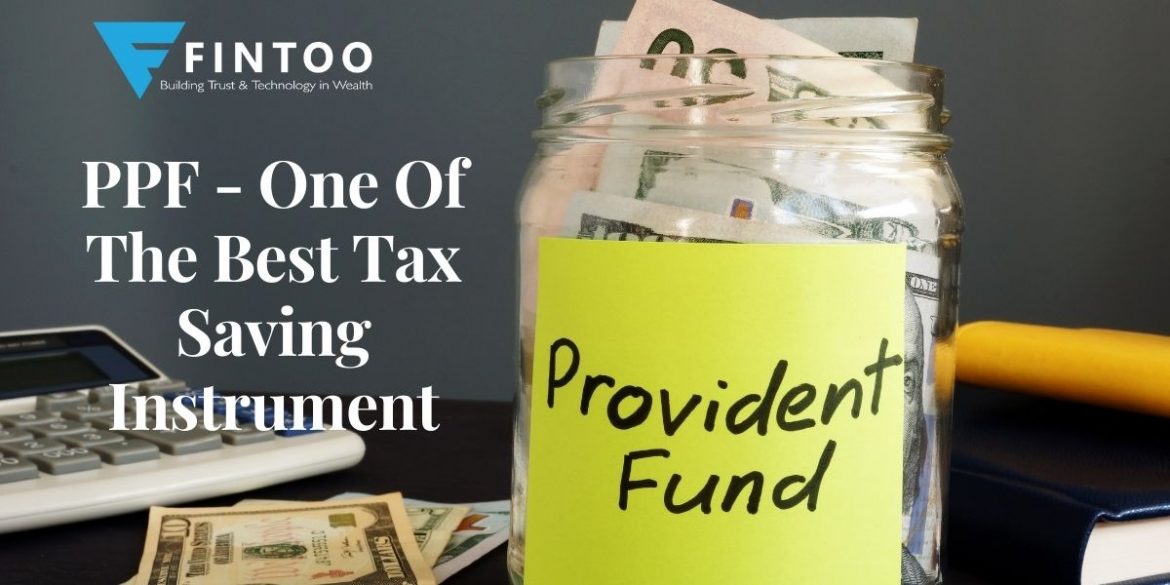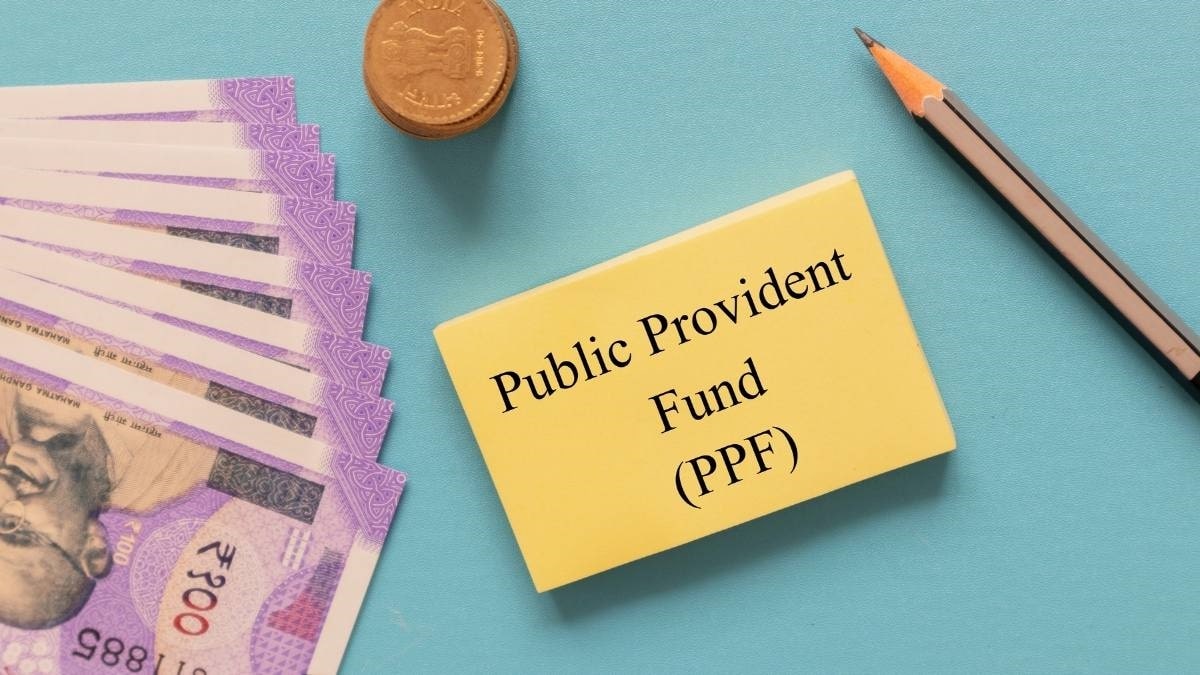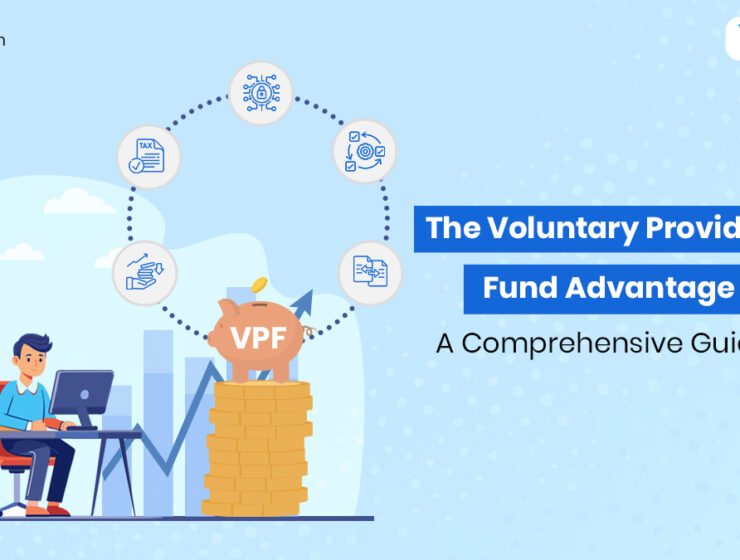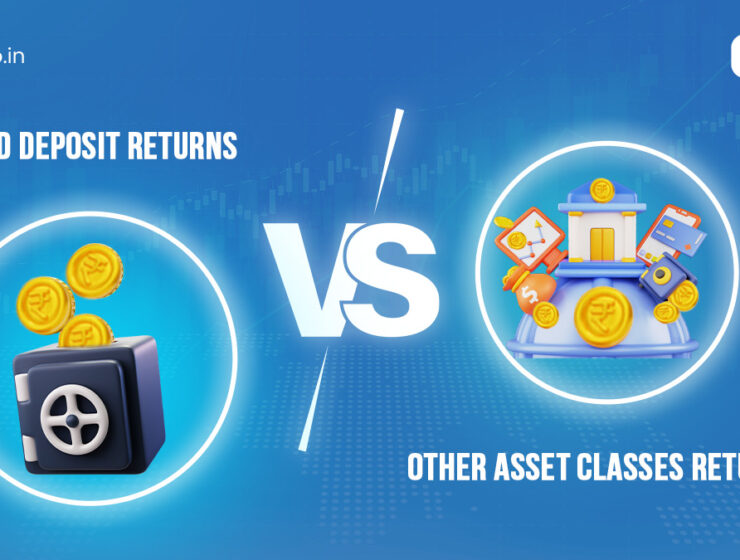

PPF is one of the most popular tax saving as well as investment instruments as it comes with EEE tax framework. Additionally, PPF comes with so many features that it is difficult to resist. This article will focus on everything related to PPF.
What is PPF?
PPF refers to Public Provident Fund. This is a unique investment instrument that comes with long term time horizon. It is best suited for long term financial goals like marriage or education of the kids or retirement planning.
Features of PPF
- Tax saving
PPF can be used as tax saving instrument as investment in PPF comes under section 80C for claiming deduction from the taxable income.
Additionally, due to its EEE structure, PPF gives out exempt income and exempt maturity along with tax free deductions (80C deduction for accumulation or investment amount).
- Interest rate
PPF interest rate is directly linked to market interest rates. Recently, Government announced that small savings interest rate will be set quarterly and would be linked to comparable government securities. So, from now onwards PPF interest will be directly impacted by government securities interest rate and it will never underperform this secure benchmark. Currently, this interest rate is around 8.1%, which will of course keep on changing to keep in pace with the market interest rate.
- Lock in period
The Lock-in period for PPF is 15 years, hence it is most suitable for long term financial goals. Even though partial withdrawal is allowed, it is only after the completion of 5 years from opening the said PPF account. The further amount can be withdrawn only for certain emergencies like medical emergencies etc. and there is an upper cap for the same.

- Compounding effect
Due to the longer lock in period of 15 years, PPF can beat other instruments based on compounding or accumulation effect.
Since withdrawal (partial) is allowed only after 5 years, interest on corpus invested gets compounded at an existing interest rate at least for 5 years and at a maximum for 15 years. So, if you invest Rs.100 each year for 15 years today in PPF, you will get around Rs.2963 in the 15th year.
- Liquidity factor
PPF being a long-term investment instrument, liquidity crunch may be the biggest hurdle. During the whole tenure, only after the 5th year, the PPF investor can withdraw partially.
Even if the investor decides to stay put in the PPF investment, funds invested as well as interest on it will be locked in for 15 years.
Why PPF is to be opted for?
- Tax free returns
Since PPF comes under EEE framework, the interest on PPF investment will be exempt. This interest gets compounded annually and at the time of maturity, you will get an enhanced amount that is absolutely tax-free i.e. tax-free interest + tax-free corpus (principal).
- Reasonable return
PPF interest rate is linked to government securities interest rate. This interest rate is set quarterly; however, this ensures that PPF will never disappoint the investor. This benchmark ensures safety in the sense that it will never dip down that mark.
- Smallest investor can participate
PPF can be opened and kept alive only with a meager investment of Rs.500 which makes it possible for even the smallest investor to take benefit of long-term compounding.
- Attractive as compared to conventional saving instruments
Suppose if you invest in Bank Fixed deposit which gives out interest rate of 7.5 – 8%, which are before tax and not factored to inflation effect.
On the contrary to this, PPF returns are after tax returns and can battle with inflation till maturity due to compounding effect.
- Best retirement planning instrument
Being the most safe saving instrument, PPF can be effectively used in a retirement portfolio. The point to be noted is that, you should invest more and more at much young age, which would benefit you by enhanced compounding effect.
Points to be noted
- You should first identify your long term financial goals and invest in long term investment instruments like PPF. This would enable you to match the payout date and maturity date (which will ease your liquidity position).
- PPF investment is capped at upper level for Rs.1,50,000 and hence one cannot invest more than that threshold limit.
- NO permanent closure of PPF account is allowed prematurely. This leads to lack of flexibility.
- PPF rates keep on changing and may even decline if there is rate cut. However, it will never go down its benchmark rate of interest.
- As compared to ELSS or other newer investment options, PPF lags on flexibility and inflation-adjusted returns factors. However, it is suitable for risk-averse and conventional investor.
- It can be opened at any post office, or any prescribed nationalized or private banks.
A financial planning platform where you can plan all your goals, cash flows, expenses management, etc., which provides you advisory on the go. Unbiased and with uttermost data security, create your Financial Planning without any cost on: http://bit.ly/Robo-Fintoo
To Invest and keep regular track of your portfolio download: Fintoo App Android http://bit.ly/2TPeIgX / Fintoo App iOS http://apple.co/2Nt75LP‘
Disclaimer: The views shared in blogs are based on personal opinion and does not endorse the company’s views. Investment is a subject matter of solicitation and one should consult a Financial Adviser before making any investment using the app. Making an investment using the app is the sole decision of the investor and the company or any of its communication cannot be held responsible for it.
Related Posts
Stay up-to-date with the latest information.


